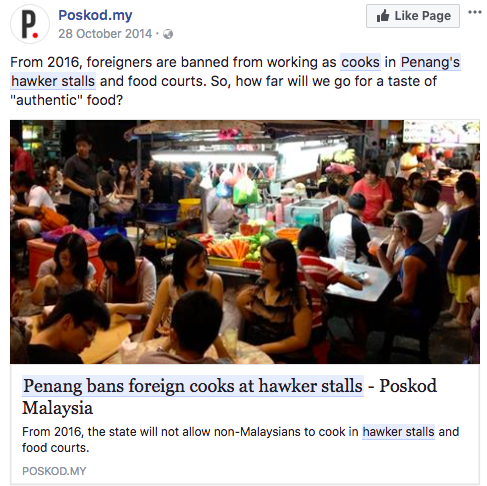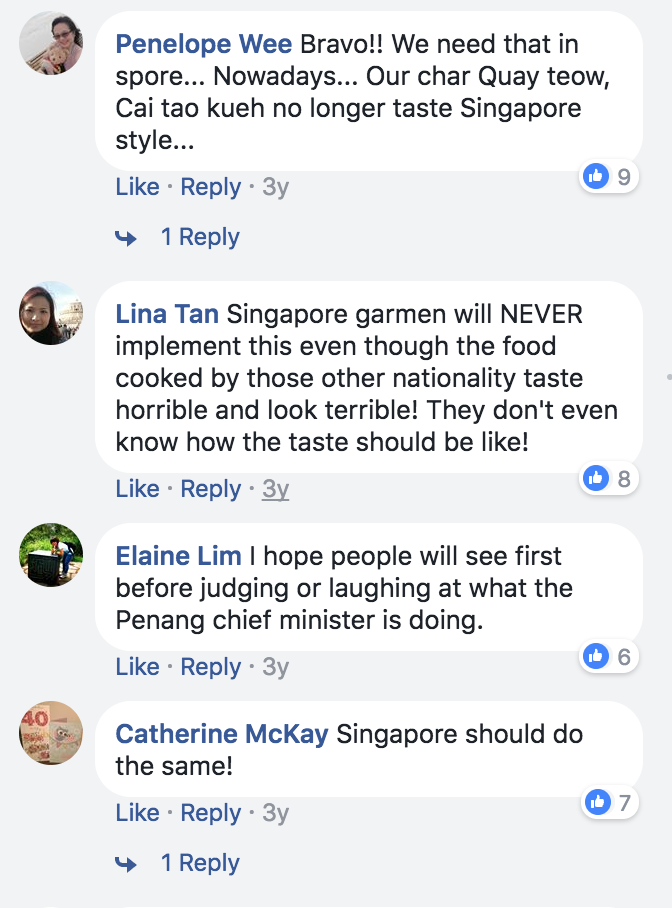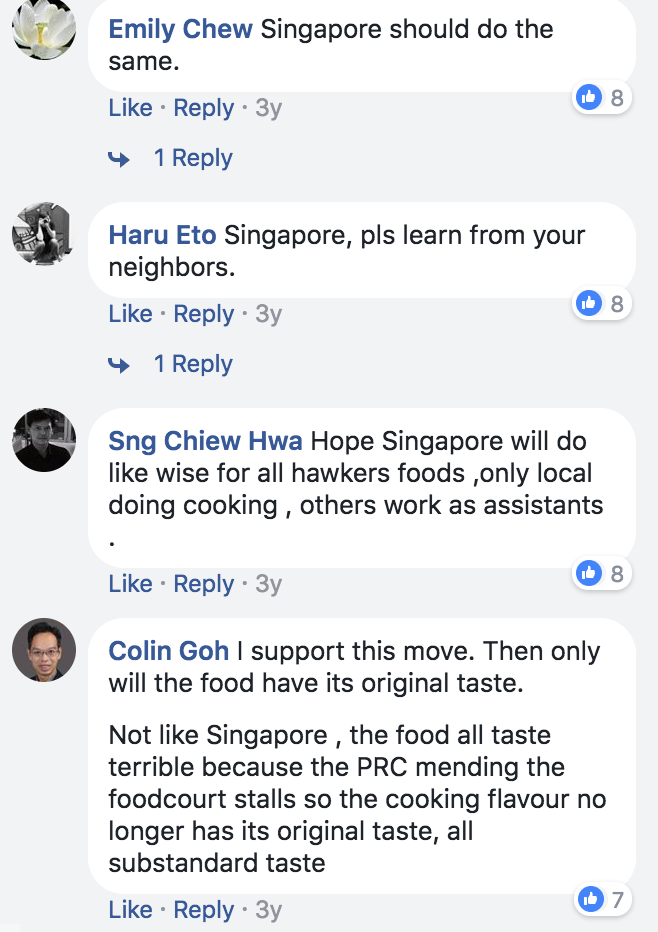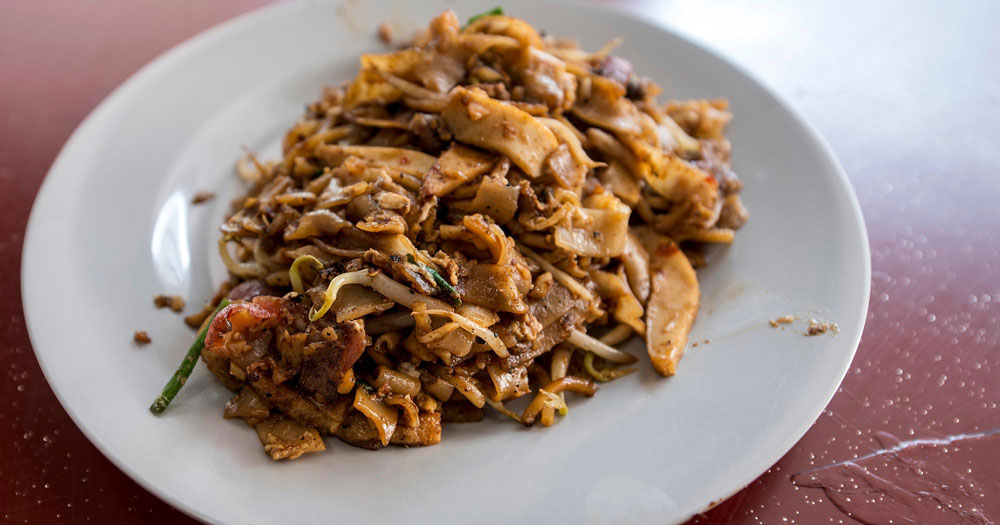French President Emmanuel Macron wants the iconic baguette recognised as a UNESCO-listed national treasure.
This can be done via the Committee for the Safeguarding of Intangible Cultural Heritage.
Why is the baguette special?
According to a 1993 French law (the Décret Pain), the baguette has to be made on the retailer's premises according to a fixed recipe, and uses only four ingredients, namely, wheat flour, water, yeast and salt.
A traditional baguette must also not contain preservatives, additives, or be frozen.
It is this particular set of "expertise and excellence" that deserves to be protected, according to Macron.
This will allow the baguette to be elevated to the ranks of intangible cultural heritage just like the Spanish flamenco and Belgium beer.
So, does any Singaporean food deserve recognition as well? And if so, how can we do our part to preserve our own intangible cultural heritage?
[related_story]
Keeping food culture alive
The 2014 uproar when Penang decided to ban foreign workers from cooking its local cuisine is instructive.

The move was supported and some even urged Singapore to do the same in preserving local food culture.
 Via ST Facebook.
Via ST Facebook.
 Via ST Facebook.
Via ST Facebook.
Singapore's char kway teow is unique
Like the baguette, Singapore's char kway teow is an iconic local dish that comprises of simple ingredients, a set of culinary skills (such as achieving a wok hei flavour), and is accessible to the rich and poor alike.
Both are also being assailed by cheaper, and some what lacklustre imitations, done by non-natives who are simply following through the motions.
In the public's consciousness, char kway teow qualifies as one of Singapore's intangible cultural heritage that is increasing at risk of getting lost to modernisation, convenience and corner-cutting.
But while we may gladly shell out money on a Monet exhibition, we balk at paying more than S$3.50 for a plate of char kway teow.
This shouldn't be the case.
Use your wallet
Singapore has yet to ratify the UNESCO cultural heritage convention, although it is in the works and we can expect a more detailed answer in 2018.
Having a piece of local culture recognised on the international stage means that the government will need to promote, monitor, and conduct research into ensuring something as precious as char kway teow doesn't die out.
But do we really need international recognition in the first place?
Food bloggers like Leslie Tay have been scrambling to record local food for posterity's sake.
Young people are joining the hawker scene to continue our food heritage.
Even the government has implemented ways to support hawkers.
But the best method we can employ as Singaporean consumers is to support local intangible cultural heritage by being paying patrons, which does more to acknowledge that we demand some things because they are worth it in their own right.
Here are some interesting articles you should check out next:
Are you S’porean? Are you under 40? Do you have diabetes?
House of Mirrors at free-to-visit Light to Night Festival is your Instagram wet dream
Top image via Getty Images
If you like what you read, follow us on Facebook, Instagram, Twitter and Telegram to get the latest updates.
